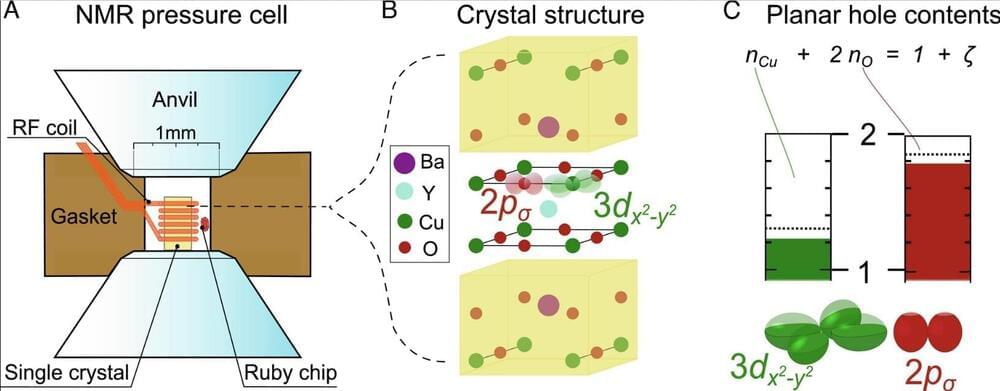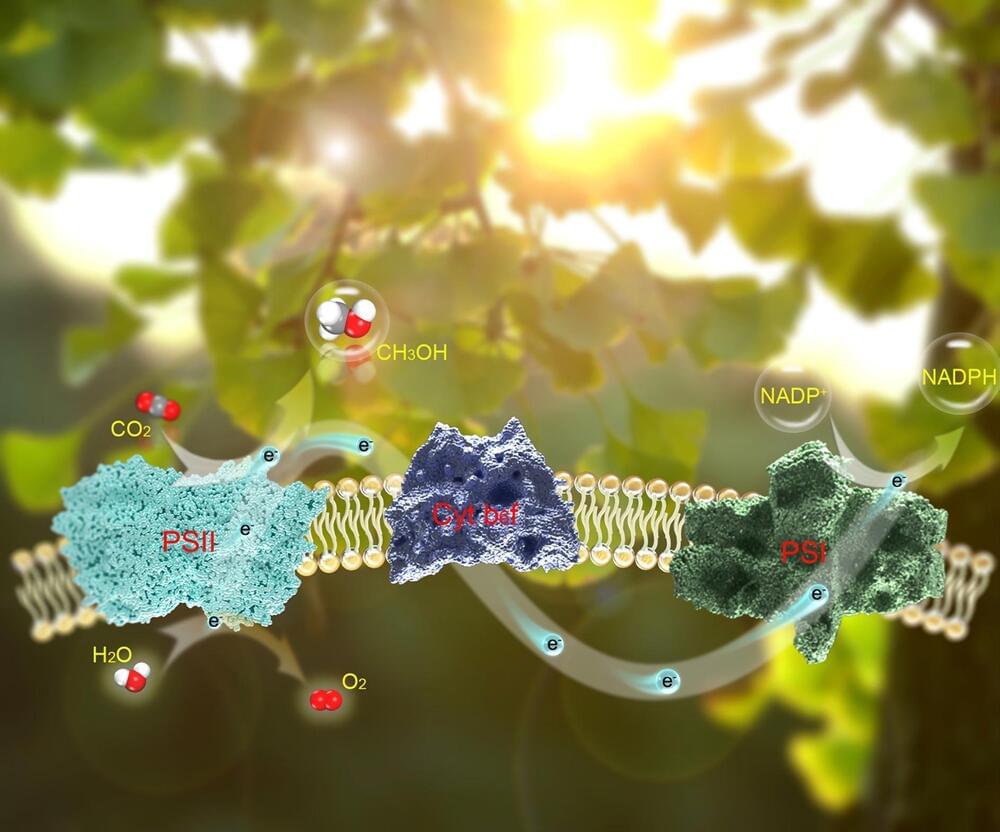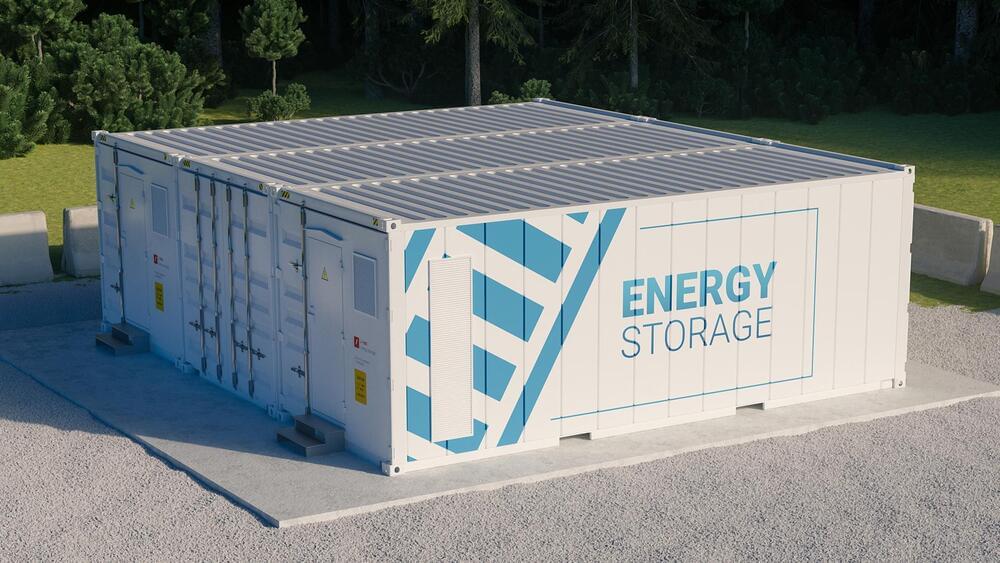When it comes to star formation in interstellar clouds of gas and dust, there’s an ongoing tug-of-war between two cloud-shaping processes. Young, massive stars inject energy into their surroundings in a way that both disrupts star formation by shredding the surrounding medium and encourages it by collecting dense gas shells that are prone to gravitational collapse. Which of these feedback processes dominates has been unclear, but new observations by Lars Bonne of NASA’s Ames Research Center and his colleagues suggest that stellar feedback significantly suppresses star formation. These findings—presented earlier this month at the 241st Meeting of the American Astronomy Society in Seattle—provide a missing piece in understanding why proposed rapid star-formation rates have long misaligned with observations.
Recent observations suggest that the formation of high-mass stars—ones greater than 8 times the mass of the Sun—is associated with the gravitational collapse of the surrounding cloud of molecular gas. This collapse leads to a high concentration of material, which should induce further star formation. However, the expected high star-formation rates are not observed, with typically only a few percent of the molecular cloud’s mass becoming new stars. “If stellar feedback indeed disperses the collapsing molecular cloud on the same timescale that new stars form, it could prevent these proposed high star-formation rates,” Bonne says. But predicting the impact and role of stellar feedback on the surrounding molecular cloud remains extremely difficult.
Now with data from NASA’s Stratospheric Observatory for Infrared Astronomy (SOFIA, now retired) and the Chandra X-ray Observatory, Bonne and his colleagues have tracked the process in real time. The first observation target was a star-forming complex called RCW 36, which is several light-years across and is located 2,900 light-years away in a molecular cloud within the constellation Vela. Like other star-forming complexes, RCW 36 consists of a large region of ionized atomic hydrogen (HII, pronounced “H-two”). This region includes a cluster of young stars and two low-density cavities that extend outward in opposite directions. A ring of gas forms a waist between the two cavities, resulting in an hourglass-like shape.






